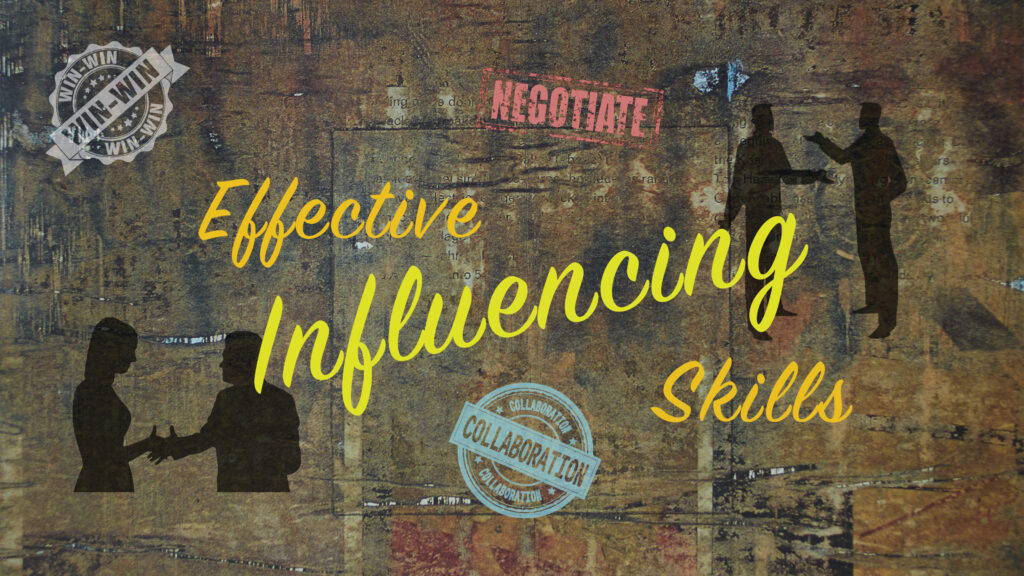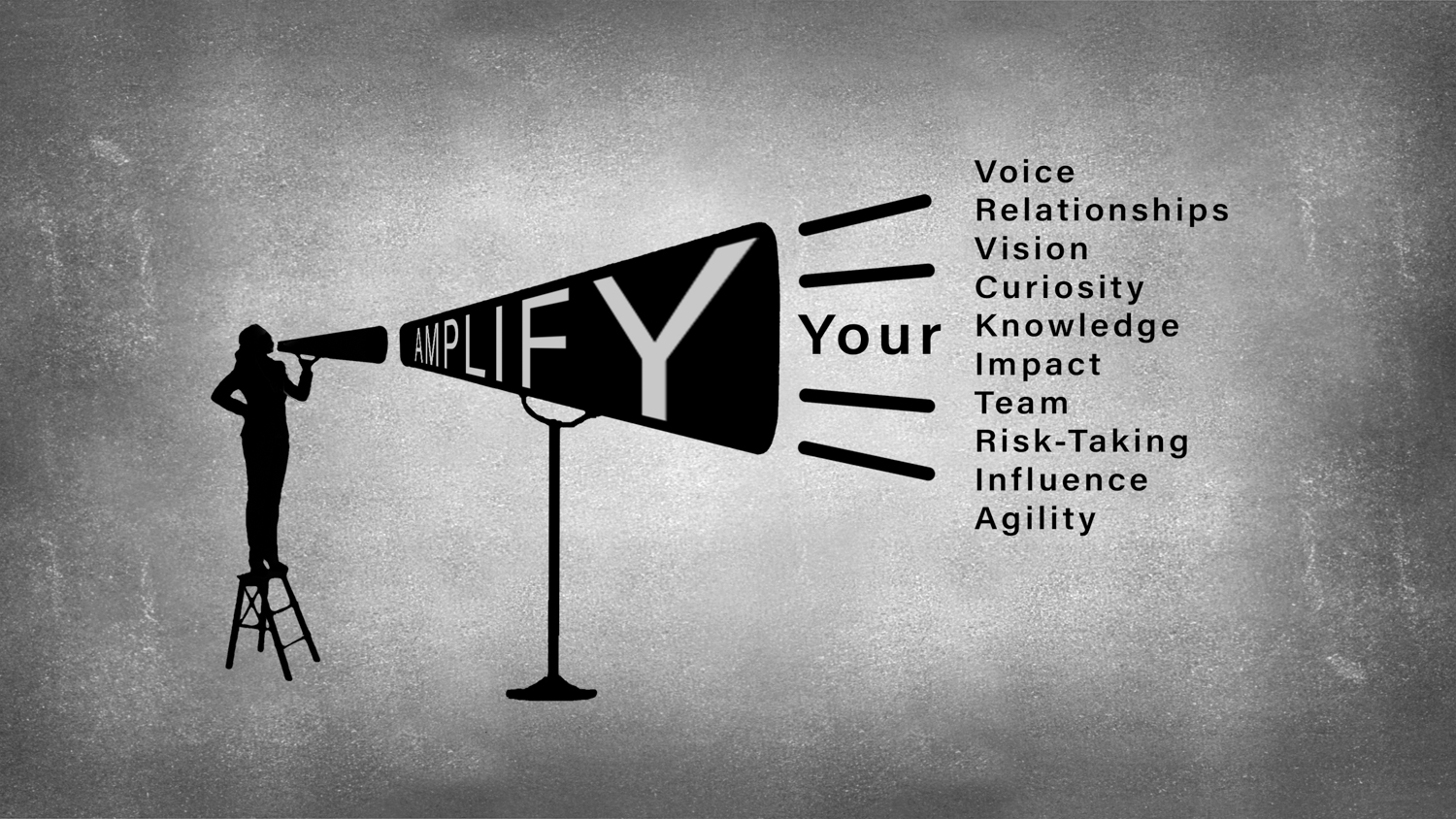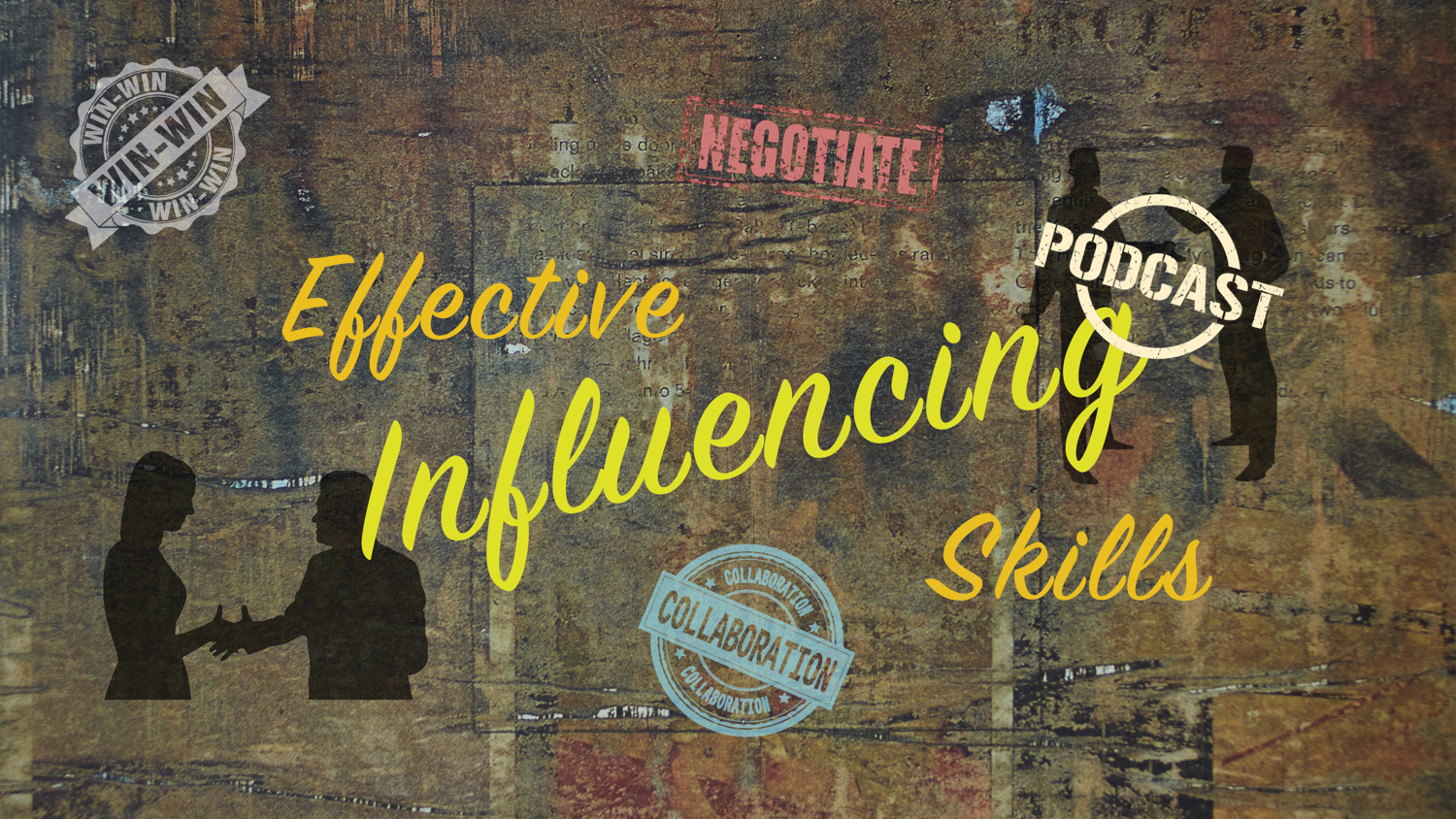We spend most of our lives influencing others. As children we attempt to convince our parents to buy us toys, as teenagers we attempt to convince them to let us stay out late, as young adults we try to romantically persuade those we are attracted to, and we use our influencing skills in the workplace to sell ourselves and our ideas. However, we rarely spend time learning how to effectively influence others.

The Center for Leadership Studies states that “The best leaders are those who can successfully influence up, down and across the organization, impacting business results by driving behavior change.”
Developing effective influencing skills in the workplace can bring extraordinary rewards. The steps below are ones I use to teach others this valuable skill.
1. Understand Your Influencing Style
We all have a dominant influencing style which impacts our ability to get results. Assessment tools are available to help us understand our influencing tendencies. A popular tool, the Influence Style Indicator, groups people into five influencing styles. Learning your style will help you understand which skills need development.
2. Build Relationships With Potential Stakeholders
Identify individuals you may need to influence in your job. Building trusting relationships with our bosses, peers, direct reports, constituents, and customers is important. We may need to leverage these relationships when soliciting their support.
TIP: Conducting periodic one-on-ones with individuals may not suffice. Find other creative ways to build a trustful relationship.
3. Do Your Homework
Most people do not prepare properly for an influencing discussion. It is important to understand the other person’s state of mind, what they value, and their point of view on the topic. In addition, timing is important.
TIP: Work with the person’s chief of staff or close confidant to better understand how they might react.
4. Define a Compelling Value Proposition
Defining a compelling value proposition will improve your influencing results. Think through the logic and value proposition benefits in advance. The value proposition should be simple to follow.
TIP: Make the value proposition a “no-brainer” for an easy win. Create talking points and soundbites in advance.
5. Create a Strategy
Many people confuse influencing tactics and strategy. An influencing strategy requires preparation and should consider the following elements.
- Acceptable Outcomes – Identify the range of acceptable outcomes.
- What If – Work out where to go when the conversation turns a particular direction. Lay out “if they do/say this, then I will do/say that” in advance.
- Impasse – Determine in advance what you plan to do in the event the conversation reaches a dead-end. How do you exit gracefully?
6. Nail The “Money Minute”
The first minute of the conversion is the most important part of an influencing discussion. Your opening remarks should make a strong connection with the individual and lay out the fundamentals of your case. The goal of an influencing conversation is collaboration and a win-win decision. The following “ABCD” framework is an easy way to remember this approach.
- Acknowledge – Make an emotional connection with the individual by acknowledging the situation and removing any emotional issues.
- Background – Lay out the need for change and make your case.
- Collaborate – Invite the individual to collaborate by using open questions and avoiding putting the individual on the defensive.
- Decide – Lay out a win-win recommendation.
TIP: Practice your opening statement until you have it memorized. This will help in the event nerves set in.
7. Control the Conversation, Don’t Dominate It
Some people negotiate from a selfish position. They dictate how they want the conversation to unfold, or they use too many “I”-statements during the discussion. Maintaining control of the conversation while avoiding dominating it helps make it a collaborative process.
TIP: Use open questions, demonstrate welcoming body language, speak calmly, pause after important statements, use affirmation selectively, and reflect periodically. This helps guide and set the tone of the conversation. Eliminate certain words from your vocabulary (e.g. tell me, why, I, but, however, etc.). Make a list of the words you are not going to use.
8. Rehearse
When you are ready to engage in an influencing conversation it is a good idea to rehearse the conversation with someone. This simulation will help identify any issues with your storyline or your delivery. You can work out these kinks in advance of the critical influencing discussion.
TIP: Choose a peer, family member or your coach to help you with the discussion. Instruct them to ask tough questions to simulate the best enviornment.
Preparing for an influencing discussion is critical to achieving your objectives. Understand your style, build relationships in advance, prepare beforehand, define a value proposition and a strategy, nail your opening statement and maintain control of the conversation. Armed with this process you should be able to influence your way to more win-win outcomes.
I hope this article was helpful. Drop me a note in the comment section below or through the Contact Me page if you have any questions.
Thanks,

© 2019 T. Kahler Coaching, LLC, All Rights Reserved.


